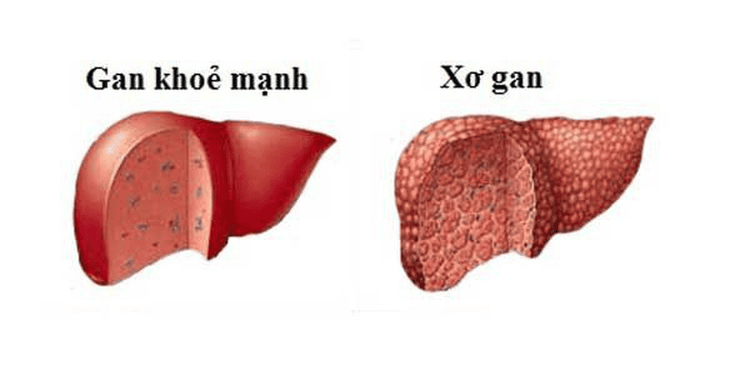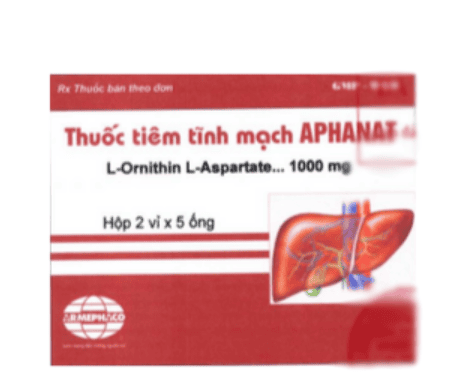This is an automatically translated article.
The article was professionally consulted by Gastroenterologist, Department of Examination & Internal Medicine - Vinmec Hai Phong International General HospitalHepatitis C is a chronic disease, it slowly degrades the human body and leaves many dangerous complications including cirrhosis, liver cancer.
1. Complications of Hepatitis C
Cirrhosis The first complication of hepatitis C is cirrhosis. If cirrhosis is not treated properly, the risk of liver failure is very high.When the liver is cirrhosis, caused by the hepatitis C virus, it damages healthy cells, causing scars and forming fibrous tissue. They slow the flow of blood through the liver, causing blood to pool in the veins of the digestive system.
In the early stages of cirrhosis, there are often only vague symptoms such as fatigue, loss of appetite or mild pain in the right abdomen, but sometimes there are no symptoms.
A common complication of cirrhosis is portal hypertension, in which there is an increase in pressure in the portal vein, which helps transport blood between the organs of the digestive system and the liver.
Liver failure When cirrhosis is caused by hepatitis C, if not treated, the disease will progress more and more seriously, because scar tissue caused by the virus continues to grow, making liver function worse. , eventually leading to liver failure. Liver failure is manifested by very serious signs such as: jaundice, yellow eyes, decreased urination, swollen limbs, ascites, personality changes.

Suy gan do viêm gan C
2. Assess the degree of cirrhosis
According to medical experts, the diagnosis of liver fibrosis is one of the important criteria in deciding treatment, monitoring disease progression and disease prognosis. Liver biopsy is a test to determine the extent of liver fibrosis. However, this is an invasive technique and can cause dangerous complications.Therefore, noninvasive elastography is the preferred method to locate the tumor requiring biopsy.
Liver tissue elastic ultrasound (also known as ARFI technique) is considered a good solution today with outstanding advantages such as: non-invasive, high accuracy, easy to perform, repeatable and has been used more and more widely in clinical practice, so it is chosen by experts and doctors to appoint patients to diagnose cirrhosis.
Please dial HOTLINE for more information or register for an appointment HERE. Download MyVinmec app to make appointments faster and to manage your bookings easily.













